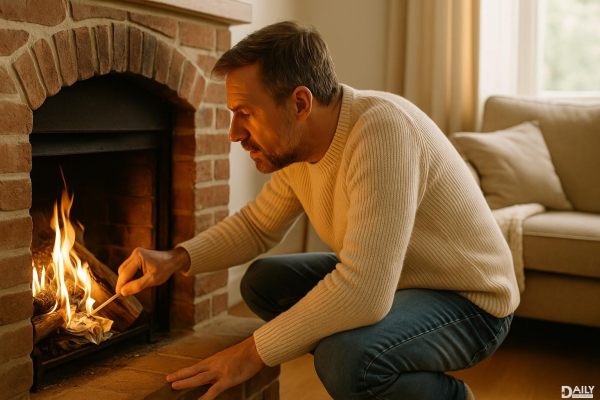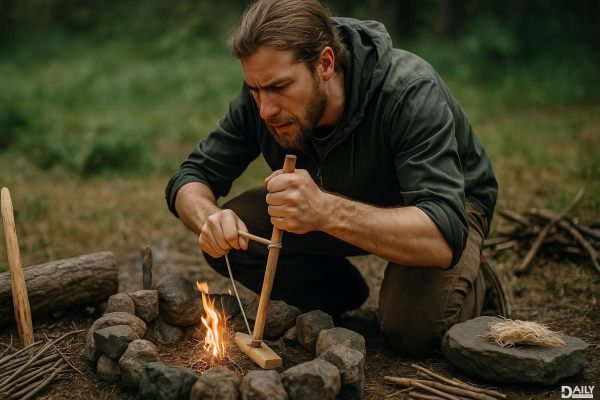Starting a chimney fire might seem like a daunting task, but with the right steps, it’s easier than you think. Whether you’re a seasoned fireplace user or a newbie looking to cozy up your home, this guide will walk you through the process of lighting a safe and efficient chimney fire. From prepping your fireplace to keeping the flames going, we’ve got you covered. Let’s turn your living room into the warm, inviting haven you’ve been dreaming of.

Before you even think about lighting a match, you need to make sure your fireplace is ready to go. Start by cleaning out any old ashes or debris from previous fires. A clean fireplace ensures better airflow, which is crucial for a strong, steady flame. Next, check your chimney for any blockages. Creosote buildup, bird nests, or even leaves can clog your chimney and create a fire hazard. If you haven’t had your chimney inspected in a while, now’s the time to call in a professional. Safety first, folks!
Not all firewood is created equal. For a chimney fire, you want to use seasoned hardwood like oak, maple, or hickory. These types of wood burn hotter and longer, giving you a more efficient fire. Avoid softwoods like pine, as they produce more creosote, which can build up in your chimney and increase the risk of a chimney fire (and not the cozy kind). Make sure your firewood is dry—moisture content should be below 20%. Wet wood smokes more and burns less efficiently, which is a total buzzkill for your cozy vibes.
Now comes the fun part—building your fire. Start by placing a layer of crumpled newspaper or fire starters at the bottom of your fireplace. On top of that, arrange a few pieces of kindling in a crisscross pattern. This creates a stable base for your fire. Next, add smaller pieces of seasoned hardwood, leaving enough space for air to circulate. Finally, place a couple of larger logs on top. This “top-down” method helps the fire burn more evenly and reduces the amount of smoke produced. It’s like building a little log cabin for your flames.
Once your fire structure is ready, it’s time to light it up. Use a long match or a fireplace lighter to ignite the newspaper or fire starters at the base. Avoid using lighter fluid or other accelerants—they’re not safe for indoor fires and can create dangerous flare-ups. As the fire starts to catch, gently blow on the base to encourage the flames to spread. Keep the fireplace screen or doors closed to prevent sparks from flying out. And remember, patience is key. A good fire takes time to build, so don’t rush it.
Once your fire is roaring, you’ll want to keep it going for maximum coziness. Add logs as needed, but don’t overcrowd the fireplace. Too much wood can smother the flames and reduce airflow. Use a fireplace poker to adjust the logs and keep the fire burning evenly. If you notice the flames dying down, add a piece of kindling or a smaller log to reignite the fire. And don’t forget to crack a window slightly to ensure proper ventilation. A well-ventilated room keeps the air fresh and prevents smoke from lingering.
When it’s time to call it a night, make sure you extinguish the fire properly. Spread out the embers with a poker to help them cool down faster. Sprinkle a thin layer of baking soda over the embers to smother any remaining flames. Never use water to put out a fireplace fire—it can create steam and cause cracks in the fireplace or chimney. Once the fire is completely out, close the damper to prevent cold air from entering your home. And of course, double-check that the fire is fully extinguished before heading to bed.
Starting a chimney fire doesn’t have to be a struggle. With these easy steps, you can create a warm, cozy atmosphere in your home in no time. From prepping your fireplace to keeping the fire going strong, every step is designed to make the process safe and enjoyable. So grab your firewood, light that match, and get ready to enjoy the ultimate cozy night in. Your warm, inviting home awaits!
























